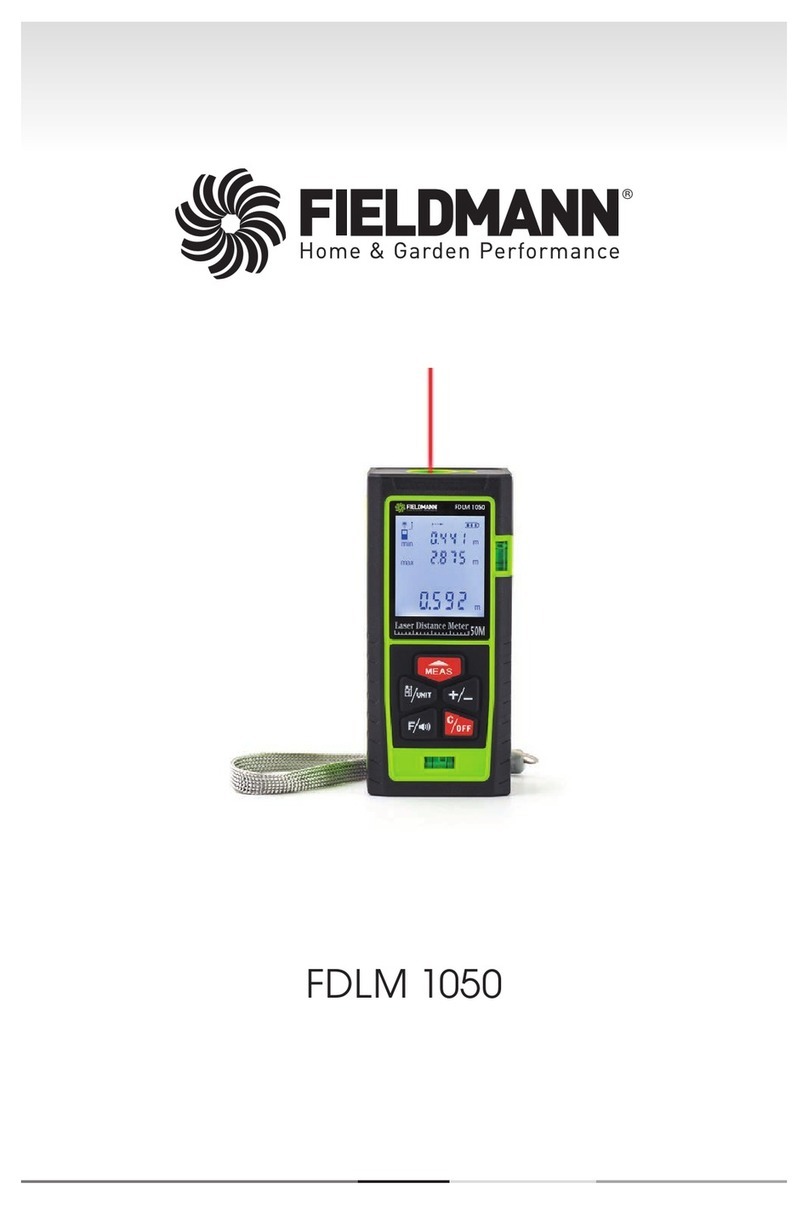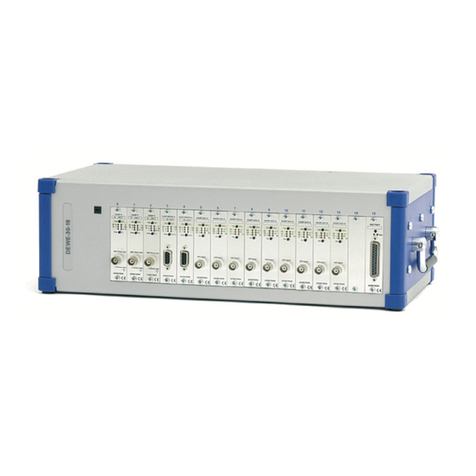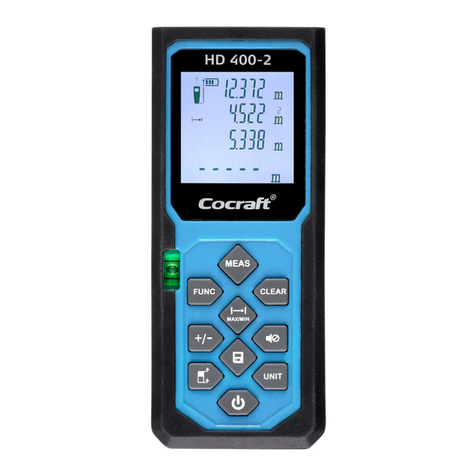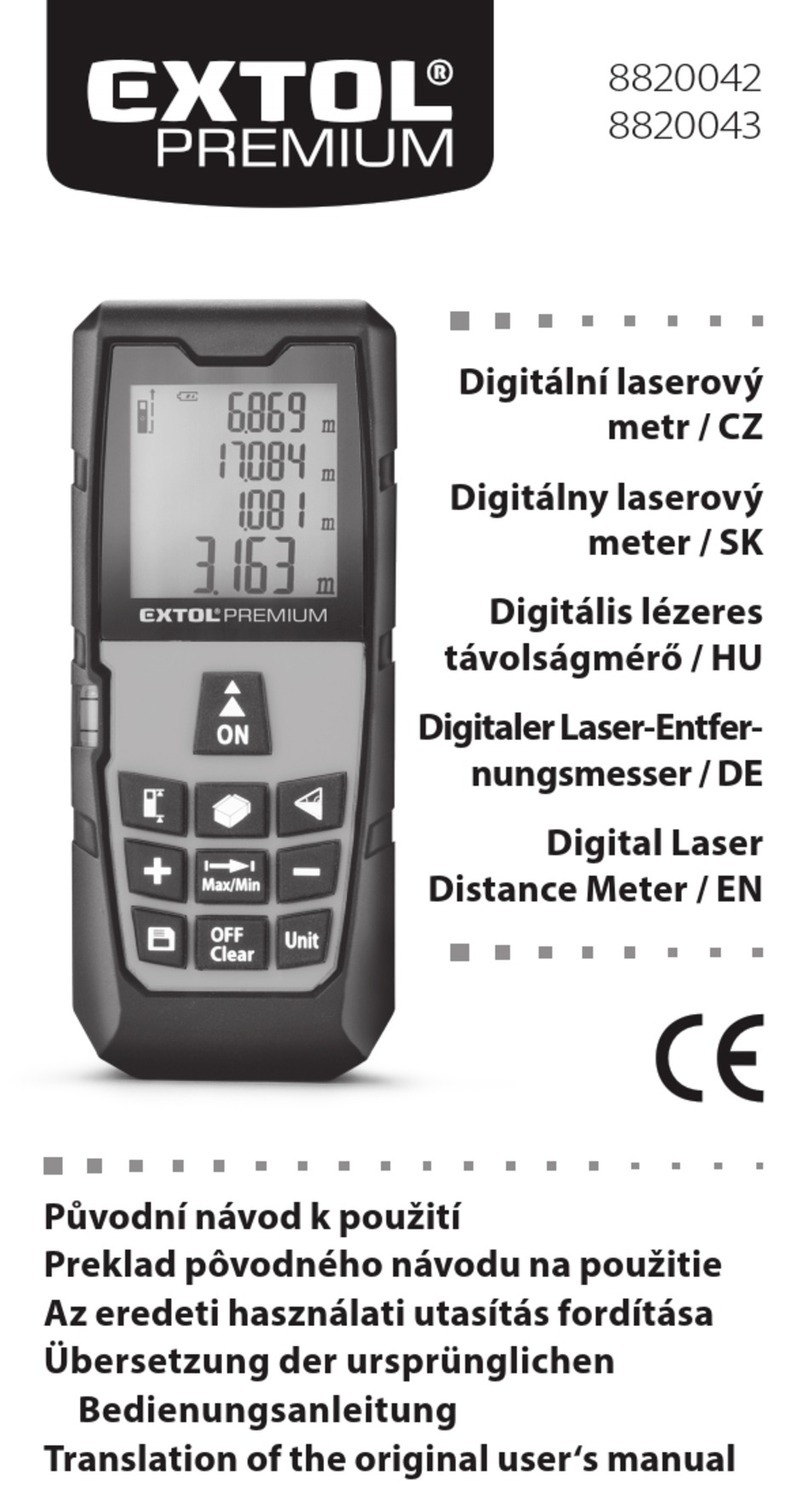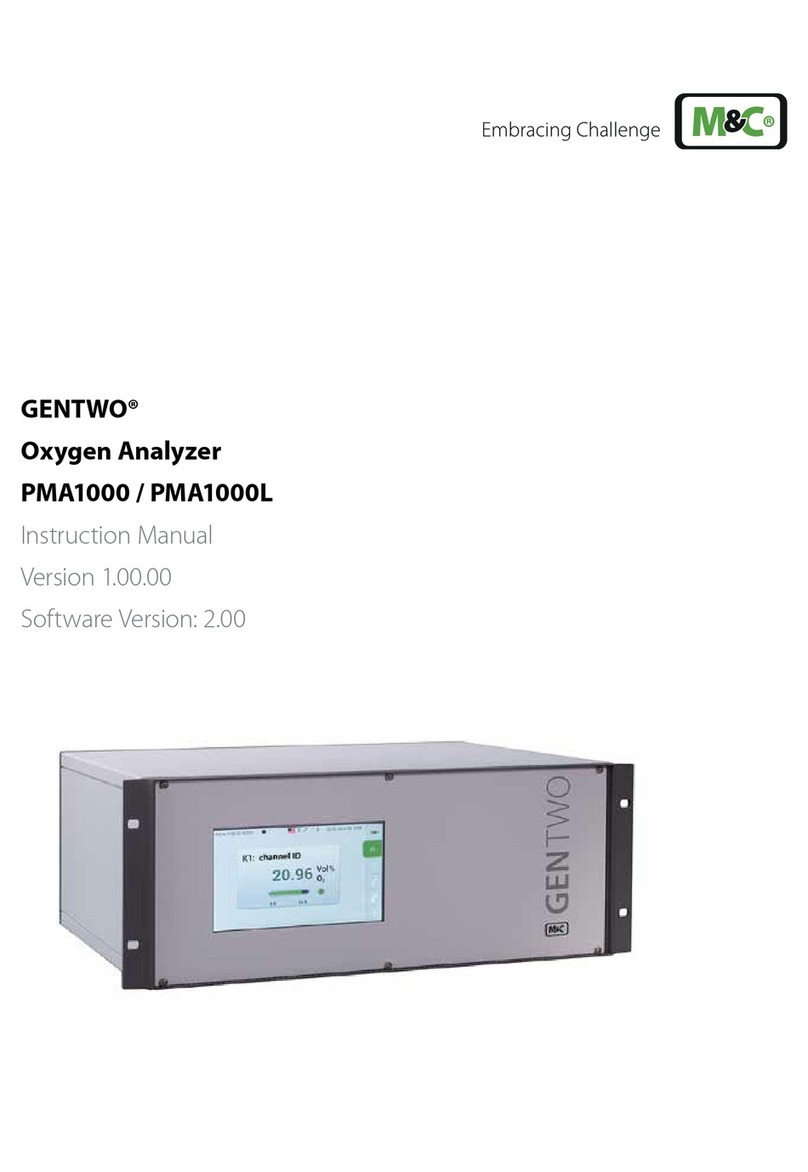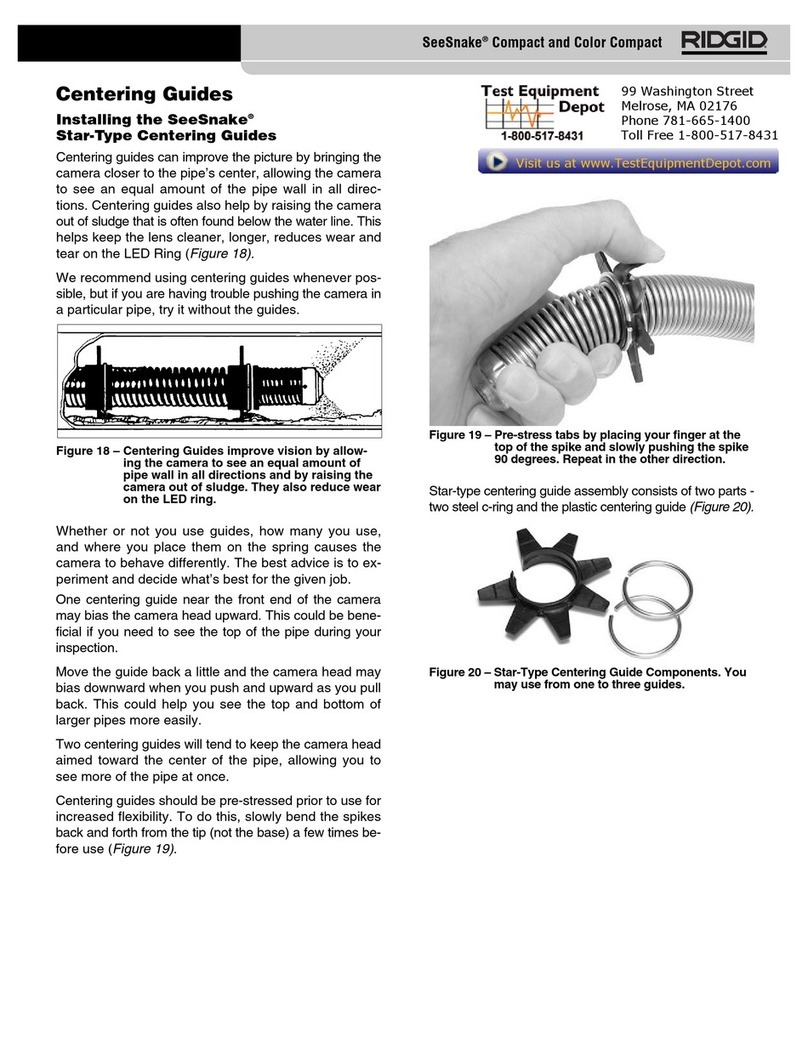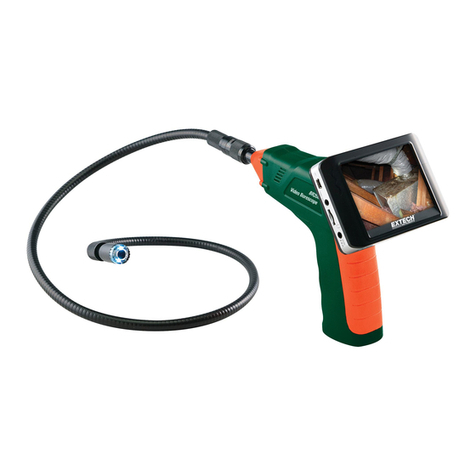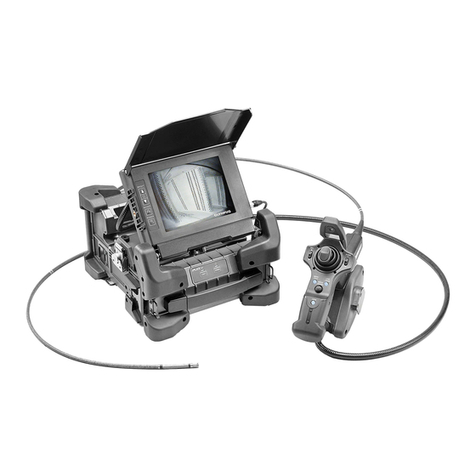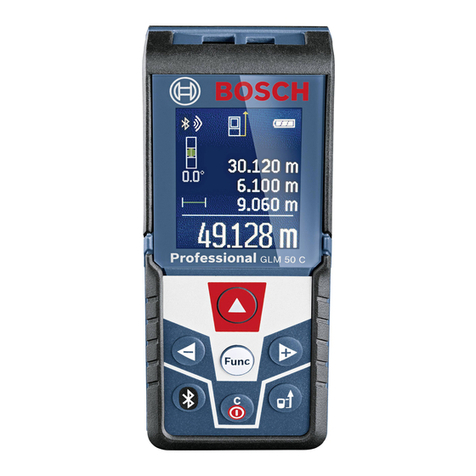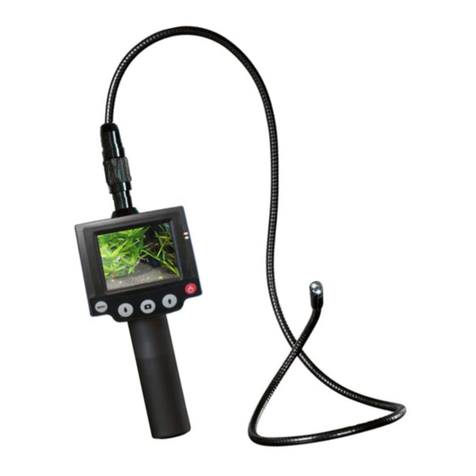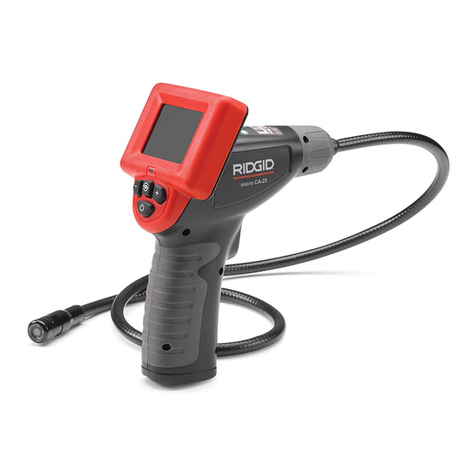
© 2019 VPInstruments | MAN-VP-SPRO-EN | Revision: 1901 | Date: 04-07-2019
9
4 Quick start
This chapter contains the basic steps to start using your VPFlowScope probe flow meter. Additional
information on all subjects can be found in the next chapters.
1. Unpack
Unpack the meter and check if all items are there and in good shape. A checklist with all items is
available on the box.
2. Program the settings
·
The inner pipe diameter needs to be programmed into the sensor. This can be done via the display
or with the VPStudio software (www.vpinstruments.com/downloads)
·
If required, set the output parameters for the Modbus, pulse and current output.
3. Mechanical installation
·
Find the best point of installation for this product. Make sure that all specifications are met.
·
For installation of the VPFlowScope probe, an insertion point needs to be created. You can weld a
tap with minimum internal 1/2 inch thread or use a hot tap saddle.
·
Place a ball valve (minimal 1/2 inch full bore) and compression fitting on the insertion point.
·
Connect the safety chain and insert the probe into the pipe.
·
The sensor needs to be in the middle of the pipe.
·
Tighten the compression fitting.
See chapter mechanical installation for more detailed information.
3. Electrical installation
3.1 Permanent installation
Connect a cable with 5 Pin M12 connector to the VPFlowScope probe. Use the power supply
module for permanent installation. The cable can be connected to a central data acquisition /
building management system or data logger via Modbus, 4 .. 20 mA or pulse. See chapter
electrical connections for more information.
Apply 12 .. 24 VDC to power up the device. Use a Class II power supply (less than 2 Amps). If a
display is available, it will light up when power is applied.
3.2 Temporary installation
Use a 12 .. 24 VDC power supply with M12 connector to power the VPFlowScope probe. This
quick method is ideal for audits.
4. Data recording
When the data logger option is available a data log session can be started by pressing the esc/rec
button and then enter. All parameters will be logged with the default logging intervals (5 seconds for
all parameters). These logging intervals can be changed with the VPStudio software. This software
tool is also used to retrieve the recorded sessions.
